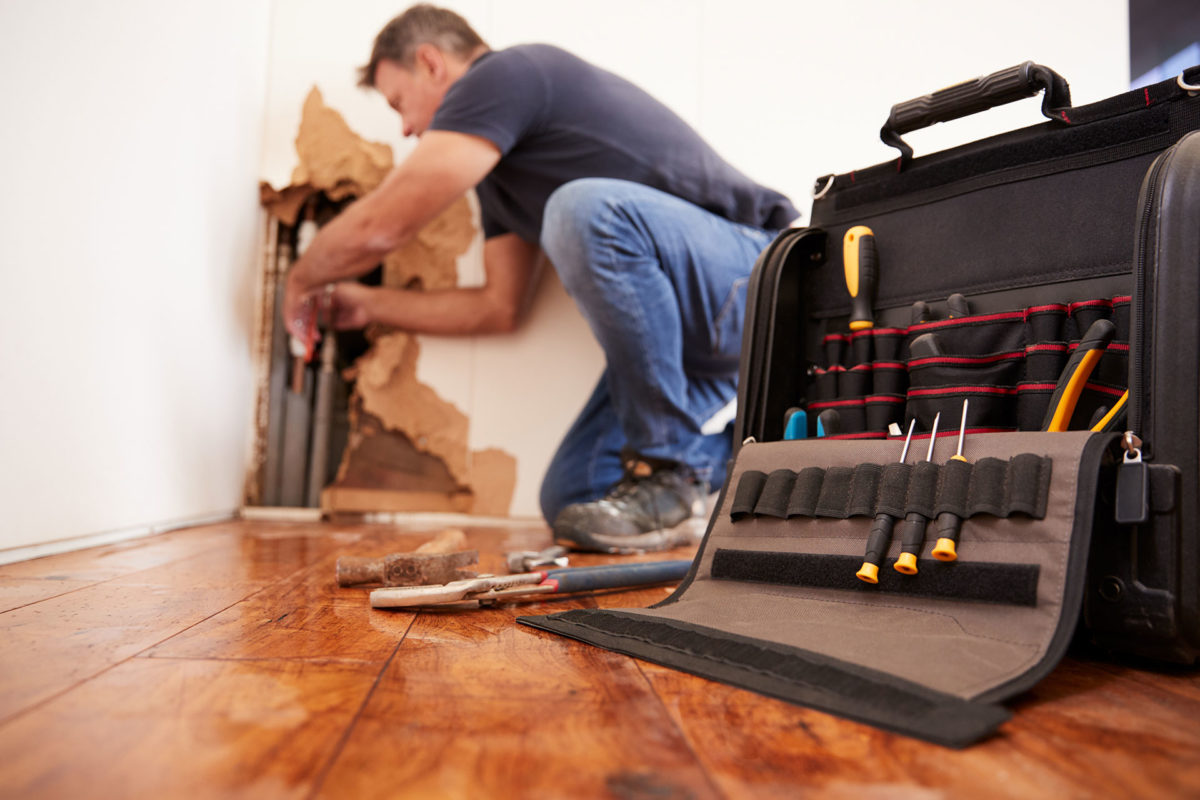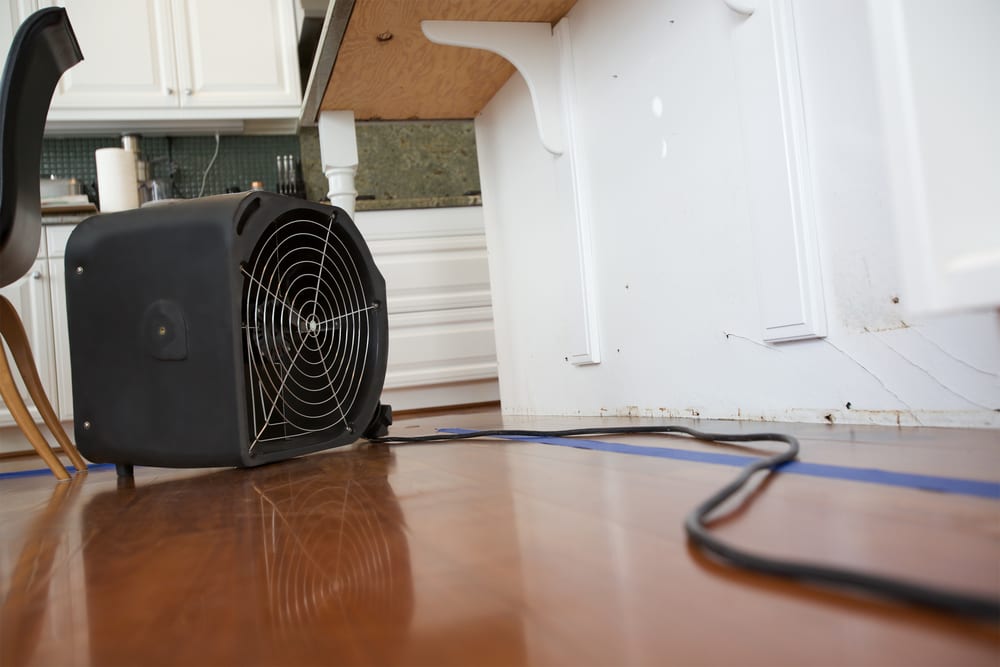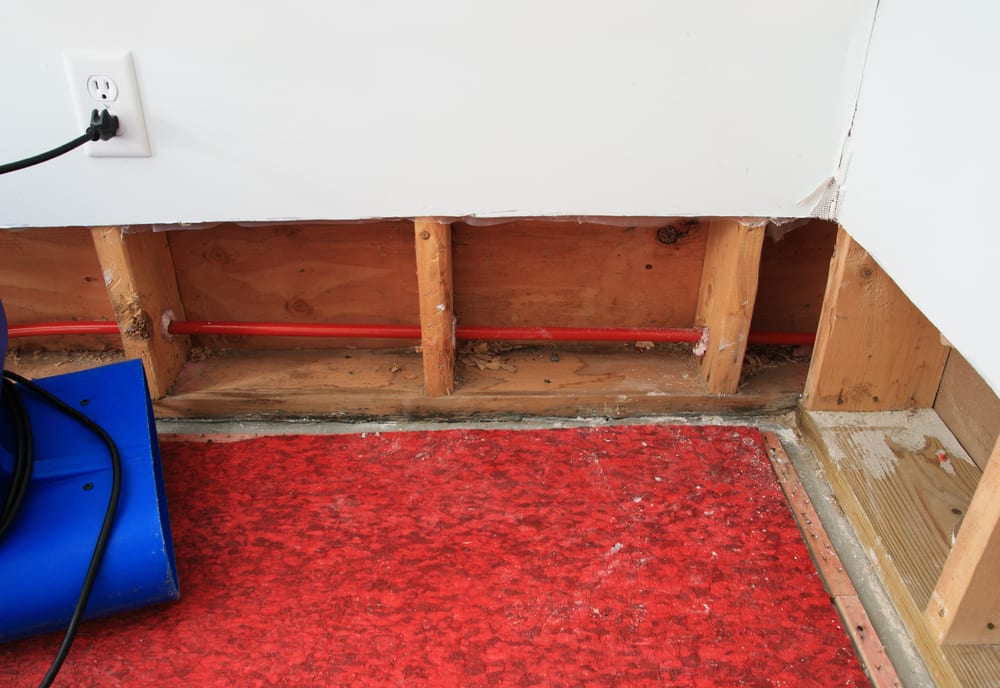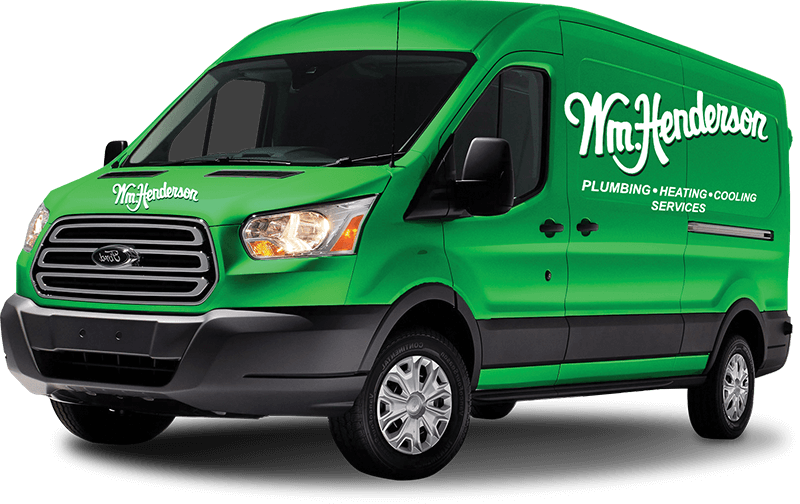
We’ve all heard the stories: a friend comes home from vacation only to find a flood in their home due to a burst pipe, or a relative watches as their basement fills with water during a particularly rainy storm. Water can flood into homes many ways, but always leaves behind the unpleasant task of cleaning up damage. Deciding how best to deal with water damage can be frustrating and challenging. To make the restoration process easier, we’ve outlined 10 ways to eliminate and repair water damage in your house.
1.) Locate Water Source
Homes typically have three different types of water flowing through them at any given time. The fist type is called clean water. This water comes from rain and leaky pipes and is the easiest for homeowners to clean on their own. The next category of water is called gray water. It is from appliances such as washing machines, dishwashers and toilets. This water may have contaminants, making it harder to ensure proper cleanup.
The last type of water that you may encounter during a water leak is called black water. It includes sewage and and other contaminants. This water is filthy and may originate from a from a nearby river. We do not recommend performing repairs to water damage that was caused by black water because it may contain contaminants and bacteria that may be harmful.
 2.) Dry Location ASAP
2.) Dry Location ASAP
It’s important to act fast when repairing home water damage. Mold and mildew can begin growing in as little as 24 hours if the water is left standing. To dry out the affected area, take as much out of the space, including furniture, and place fans on the wet flooring and walls. If the water damage is extensive, you may need to rent a few industrial strength fans to ensure the area dries completely.
3.) Look for Hidden Moisture
Once everything has been removed from the enclosure and fans have been activated to begin the drying process, we recommend performing an inspection of your home to confirm if there are hidden areas they may require water damage repair. Check under floorboards and the padding beneath carpet to see if water has permeated these spaces. If so, make sure to place fans on the affected areas to ensure everything has completely dried out.
Read More: How to Size a Heat Pump: Tips & Steps
4.) Inspect for Mold
Once everything is dry, look for areas of water damage in your home where mold may have begun growing. If mold is found, be careful. Some mold can be toxic and harmful to humans. If it is a small mold issue, you may be able to perform the water damage repair project without a professional. On the other hand, an invasive mold issue should be fixed by an emergency plumber in Folsom, PA or other areas.
 5.) Remove Drywall and Other Porous Materials
5.) Remove Drywall and Other Porous Materials
If you notice water damage to walls, carpet, wood, or other porous materials in your house, you will be required to remove and replace them. If you notice carpet or wood that will not require extensive water damage repair, you may be able to save certain areas by drying them out ASAP.
6.) Disinfect the Area
To ensure all mold and bacteria have been eliminated, take time to disinfect the areas that have been impacted by your water damage repair efforts. A simple bleach solution should do the trick. Be sure to also disinfect any items that were in the affected area to ensure any mold or bacteria is eliminated.
7.) Inspect Roof and Siding
If your roof or siding is not properly sealed, you may have to deal with a costly water damage repair project from excess moisture. Inspect your home for potential weak spots and repair or replace siding and shingles as needed to ensure water stays outside the home.
Read More: Signs It’s Time To Purchase a New Furnace
8.) Seal and Caulk
To eliminate future repair projects caused by moderate to severe water damage, we recommend sealing and caulking new windows, plumbing fixtures, flooring, and doorways.
9.) Rethink Flooring
If water has damaged your flooring, causing you to remove and replace it, you may want to think before installing new flooring. Instead of selecting a wood option, there may be waterproof options available, including ceramic tile and waterproof vinyl that can withstand any future flooding events.
10.) Contact Your Insurance Company
Extensive water damage repairs in your home is not something you can (or should) tackle on your own. Contact your homeowner’s insurance company and find out your options for assistance. Work with your insurance company at every step to ensure your home is clean, secure, and safe.
Read More: Advantages of Installing a Tankless Water Heater
 Plumbing Services Near You
Plumbing Services Near You
If a burst pipe or appliance leak has left your home with a large water damage repair project, don’t wait to act! Call your professional plumbing team at Wm. Henderson by phone at (484) 206-8594 to receive assistance.
Our team of skilled plumbers in Norristown, PA and other areas have the skills necessary to help with a variety of plumbing issues such as cracked sewer lines, malfunctioning sump pumps, and broken water pipes. Our team of licensed plumbers is able to accommodate your issue.

